Cheddar is a traditional British cheese that is now produced in several variants with different appearance, color and flavor, in several countries. Cheddar is the most popular cheese in England, and one of the most preferred aromatic cheeses in the world. It is made from cow's milk and is a relatively hard cheese and the color is pale yellow or almost white, if no artificial colors are added.
The changing nature of Cheddar cheese won it a huge number of fans worldwide. Depending on the production type and ripening period, it varies in taste. You can try a mild cheddar flavor with nuances of nuts, butter and milk, but this type of cheese comes with a sharp, strong taste. The strongest flavor is that of white cheddar cheese and a light and smoked cheddar cheese leaves a nice aftertaste.
As one of the most popular cheeses in the world, cheddar is sometimes disparagingly referred to as "cheese with holes". However, quality Cheddar has merit and is considered one of the best cheeses in the world. Revenue from trading of Cheddar in England are not comparable with any other cheese and in the U.S., it is the second most popular cheese, after mozzarella.
The name cheddar is not protected in the European Union (PDO), but only cheese produced from local milk within four municipalities in South West England may use the name "West Country Farmhouse Cheddar". A small amount of the original Cheddar is still produced in other areas of South West England.

History of Cheddar
The bosom of real Cheddar cheese is the eponymous village near Somerset. Along the village, there is the Cheddar Gorge, where many natural caves provide the ideal humidity and constant temperature for ripening. The cheese is manufactured legally only 48 kilometers from Wales.
The production of Cheddar cheese began in the 12th century, but historical records testify its trade history as well. Gradually, the popularity of the cheese was growing to get to the 19th century, when the milkman technologist Joseph Harding improves the taste and technology of its production, which in practice makes it mass produced. His are the words that best cheddar must be done in a dairy.
Composition of Cheddar
Cheddar cheese usually has 48% fat. It is a very good source of calcium, 100 g of it has it 72% of your daily requirement. Its composition has vitamin A, K, B12, and trace elements in significant quantities, like zinc, selenium, choline, phosphorus, magnesium, etc. 100 grams of cheddar cheese has approximately: Calories 403 Kcal, Fat 33 g, Cholesterol 105 mg, Sodium 621 mg, Protein 25 g.
Production of Cheddar
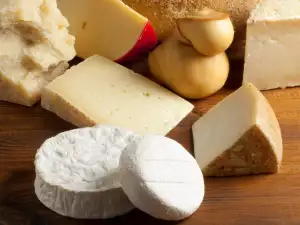
Cheddar is usually produced with a cylindrical shape with a diameter of 35 to 38 cm formed on drums, and weighs up to 27.5 kg. Traditionally it is tied with tape that provides solid grayish-brown skin. Usually the period of ripening for Cheddar is between 6 to 18 months. It is produced from curd, with the addition of bacteria.
As for its appearance and taste characteristics, Cheddar has a smooth and relatively firm texture. As a rule, it does not kink, but crumbles and breaks. Most often Cheddar has a golden-yellow core, the color becomes more intense with increasing duration of ripening.
The flavor of Cheddar is often determined as a mild, herbal, with walnut tones and a slightly salty taste. The more mature cheddar is, the more powerful, complex and really spicy, with strong hints of nuts its taste and aroma is. Old salty cheese has increased acidity, which is why it sometimes pinches the tongue.
Culinary use of Cheddar
Original Cheddar Cheese, as made my Joseph Harding who patented it in 1964, has a pronounced flavor of hazelnuts. Like other aromatic cheese, it combines very well with different types of fruits and nuts.
Generally it finds much use in cooking, it is often an ingredient in sauces, soups, salads and dressings, and is often prepared with sandwiches, sweet and savory snacks, muffins and savory cakes.
This English cheese blends pretty well with red wine. Cheddar can generally be served with Chardonnay, Sauvignon Blanc, Riesling, Cabernet Sauvignon and Pinot Noir.
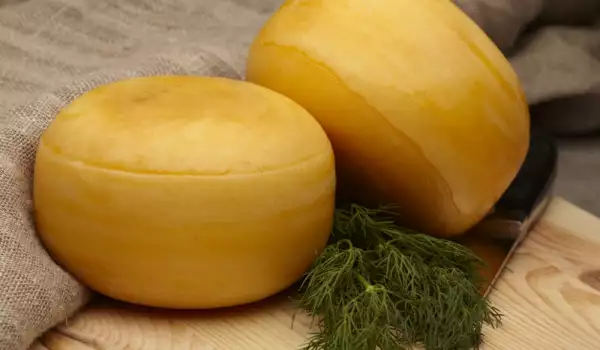



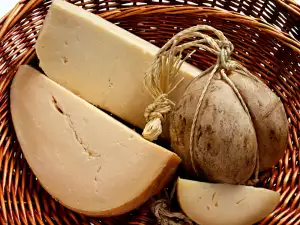

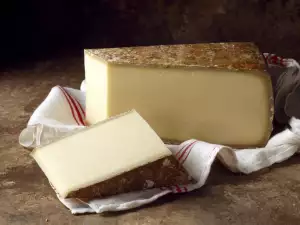

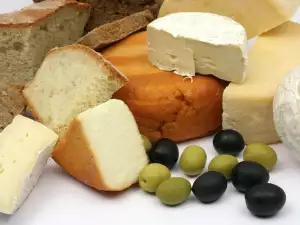


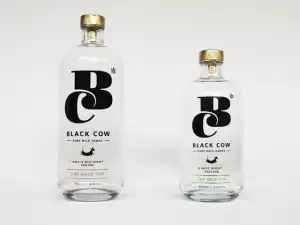

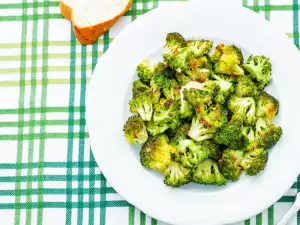
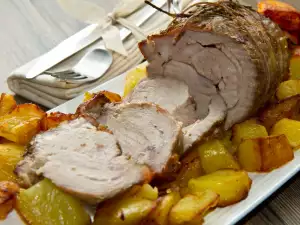

Comments